The Burning Monk, Malcolm Browne, 1963
With millions of pictures taken every day we can easily get lost in the vast world of images. That's why TIME magazine decided to create a list of 100 most influential pictures ever taken. They teamed up with curators, historians, and photo editors around the world for this task.
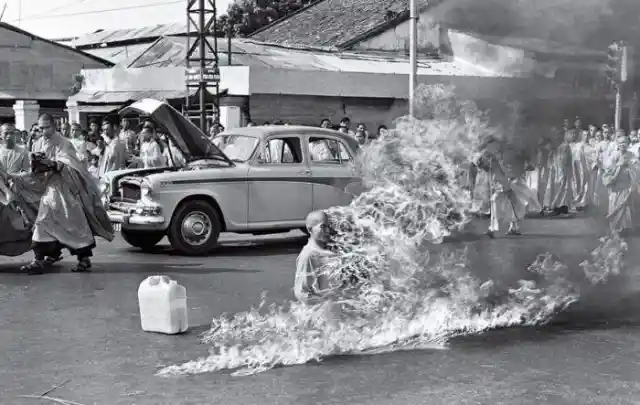
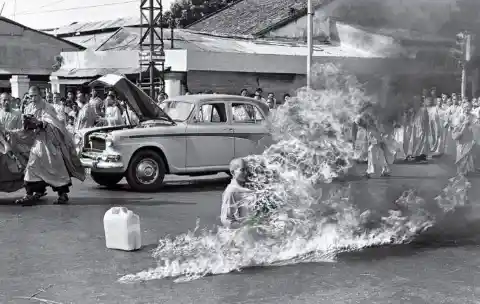
In June 1963, most Americans couldn’t find Vietnam on a map. But there was no forgetting that war-torn Southeast Asian nation after Associated Press photographer Malcolm Browne captured the image of Thich Quang Duc immolating himself on a Saigon street. Browne had been given a heads-up that something was going to happen to protest the treatment of Buddhists by the regime of President Ngo Dinh Diem.
Starving Child And Vulture, Kevin Carter, 1993
Kevin Carter knew the stench of death. As a member of the Bang-Bang Club, a quartet of brave photographers who chronicled apartheid-era South Africa, he had seen more than his share of heartbreak.
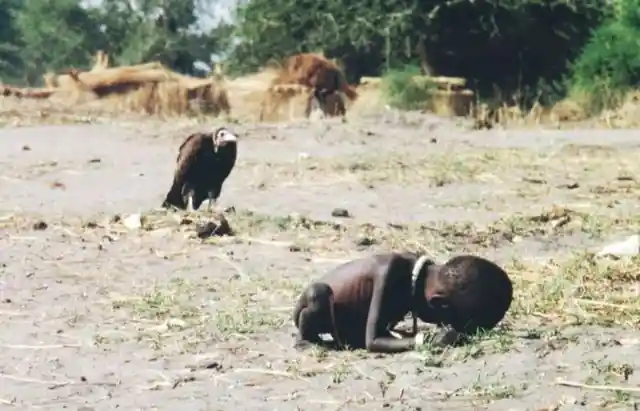

In 1993 he flew to Sudan to photograph the famine racking that land. Exhausted after a day of taking pictures in the village of Ayod, he headed out into the open bush.
Lunch Atop A Skyscraper, 1932
It’s the most perilous yet playful lunch break ever captured: 11 men casually eating, chatting and sneaking a smoke as if they weren’t 840 feet above Manhattan with nothing but a thin beam keeping them aloft.
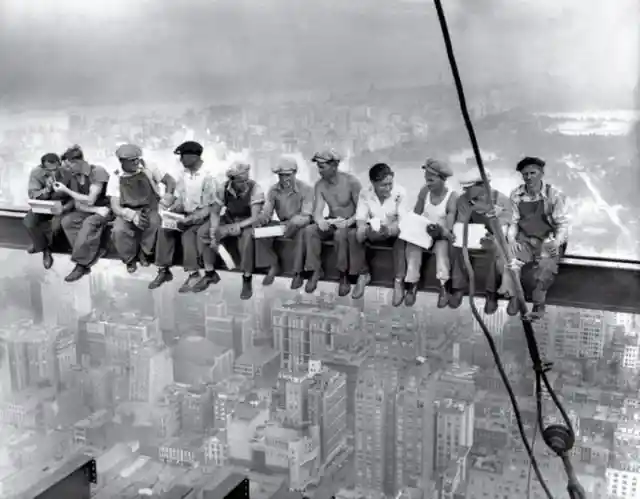
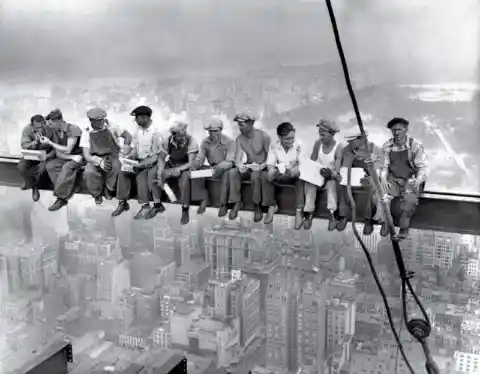
That comfort is real; the men are among the construction workers who helped build Rockefeller Center.
Tank Man, Jeff Widener, 1989
On the morning of June 5, 1989, photographer Jeff Widener was perched on a sixth-floor balcony of the Beijing Hotel.
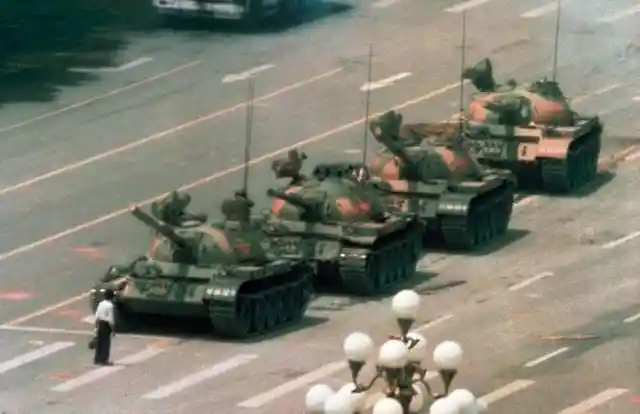
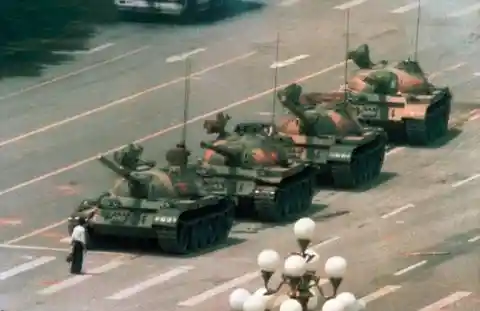
It was a day after the Tiananmen Square massacre, when Chinese troops attacked pro-democracy demonstrators camped on the plaza, and the Associated Press sent Widener to document the aftermath.
Falling Man, Richard Drew, 2001
The most widely seen images from 9/11 are of planes and towers, not people. Falling Man is different.
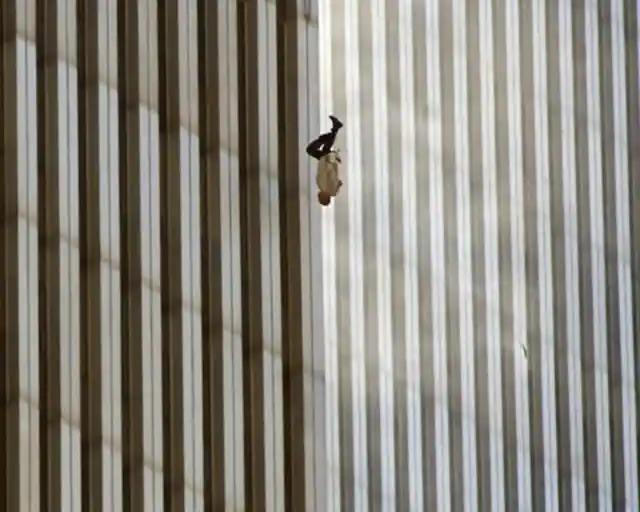
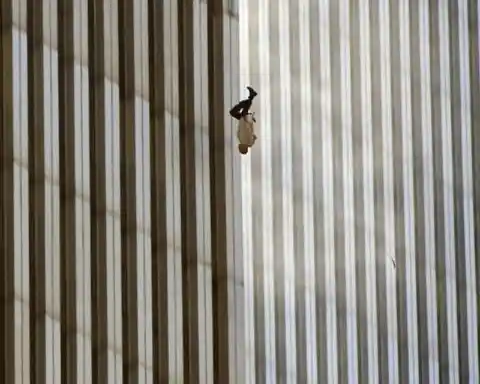
The photo, taken by Richard Drew in the moments after the September 11, 2001, attacks, is one man’s distinct escape from the collapsing buildings, a symbol of individuality against the backdrop of faceless skyscrapers.
Alan Kurdi, Nilüfer Demir, 2015
The war in Syria had been going on for more than four years when Alan Kurdi’s parents lifted the 3-year-old boy and his 5-year-old brother into an inflatable boat and set off from the Turkish coast for the Greek island of Kos, just three miles away.
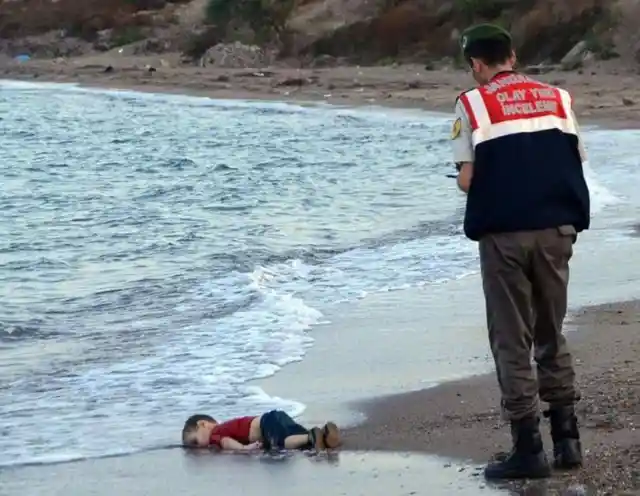
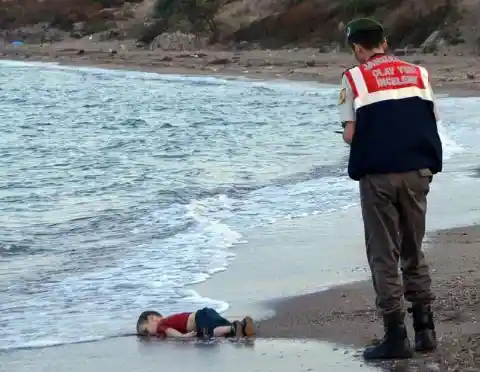
Within minutes of pushing off, a wave capsized the vessel, and the mother and both sons drowned.
Earthrise, William Anders, NASA, 1968
It’s never easy to identify the moment a hinge turns in history. When it comes to humanity’s first true grasp of the beauty, fragility and loneliness of our world, however, we know the precise instant.
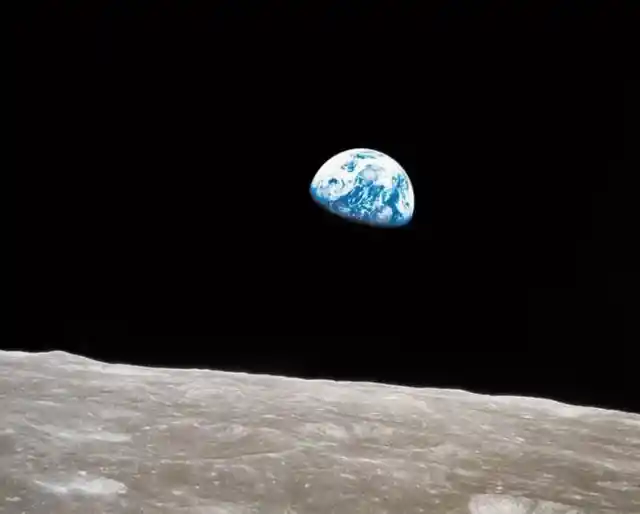
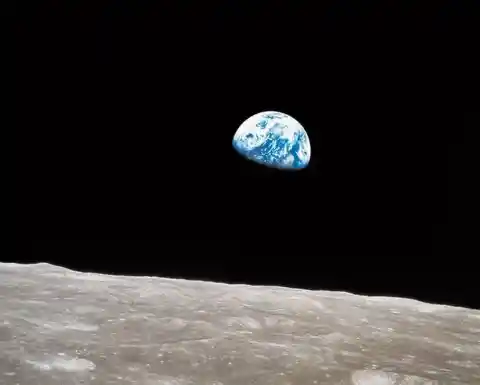
It was on December 24, 1968, exactly 75 hours, 48 minutes and 41 seconds after the Apollo 8 spacecraft lifted off from Cape Canaveral en route to becoming the first manned mission to orbit.
Mushroom Cloud Over Nagasaki, Lieutenant Charles Levy, 1945
Three days after an atomic bomb nicknamed Little Boy obliterated Hiroshima, Japan, U.S. forces dropped an even more powerful weapon dubbed Fat Man on Nagasaki.
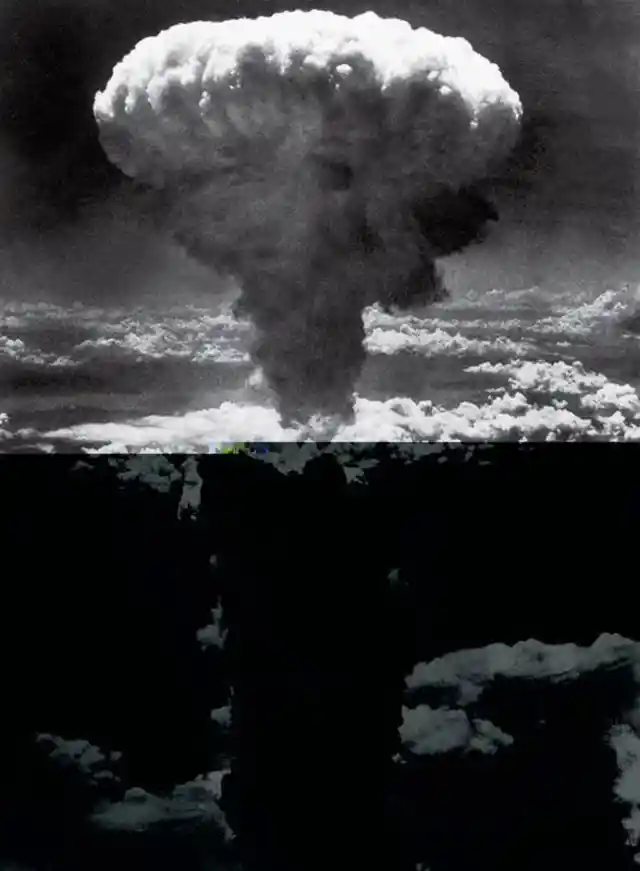
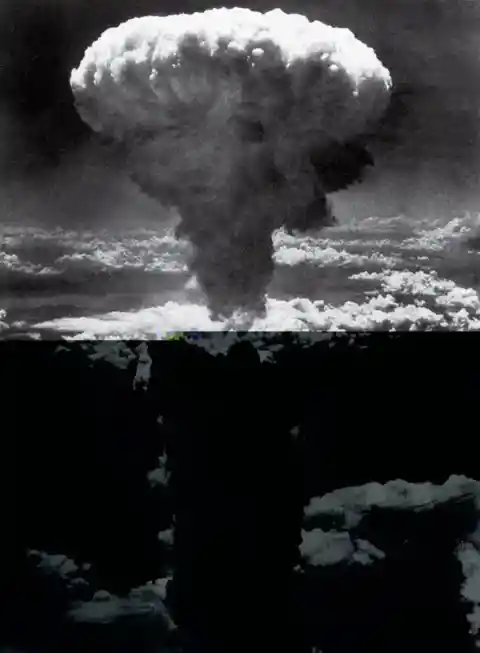
The explosion shot up a 45,000-foot-high column of radioactive dust and debris.“We saw this big plume climbing up, up into the sky,” recalled Lieutenant Charles Levy, the bombardier, who was knocked over by the blow from the 20-kiloton weapon.
V-J Day In Times Square, Alfred Eisenstaedt, 1945
At its best, photography captures fleeting snippets that crystallize the hope, anguish, wonder and joy of life.
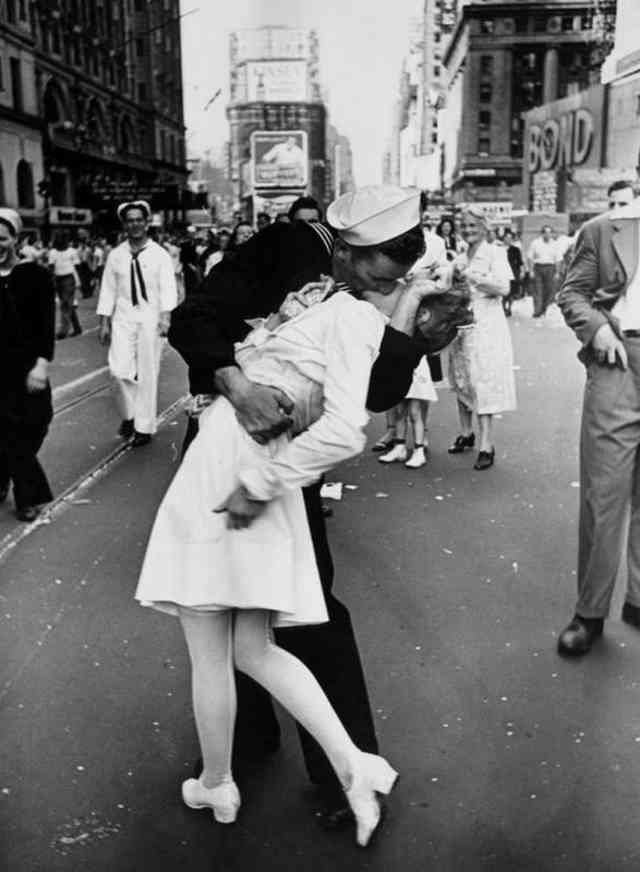
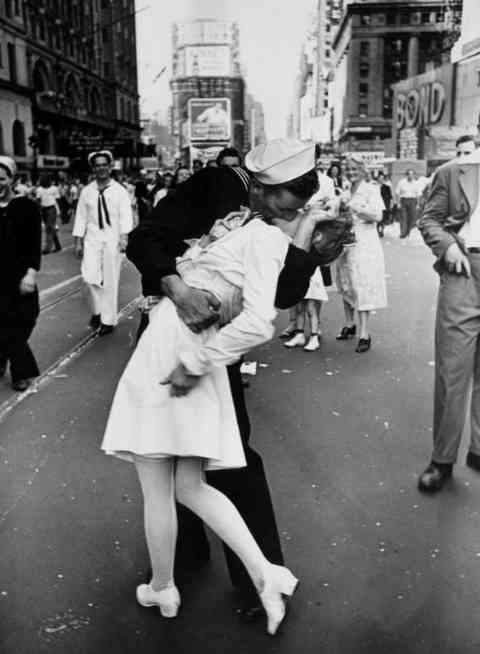
Alfred Eisenstaedt, one of the first four photographers hired by LIFE magazine, made it his mission “to find and catch the storytelling moment.” He didn’t have to go far for it when World War II ended on August 14, 1945.
Pillars Of Creation, Nasa, 1995
The Hubble Space Telescope almost didn’t make it. Carried aloft in 1990 aboard the space shuttle Atlantis, it was over-budget, years behind schedule and, when it finally reached orbit, nearsighted, its 8-foot mirror distorted as a result of a manufacturing flaw.
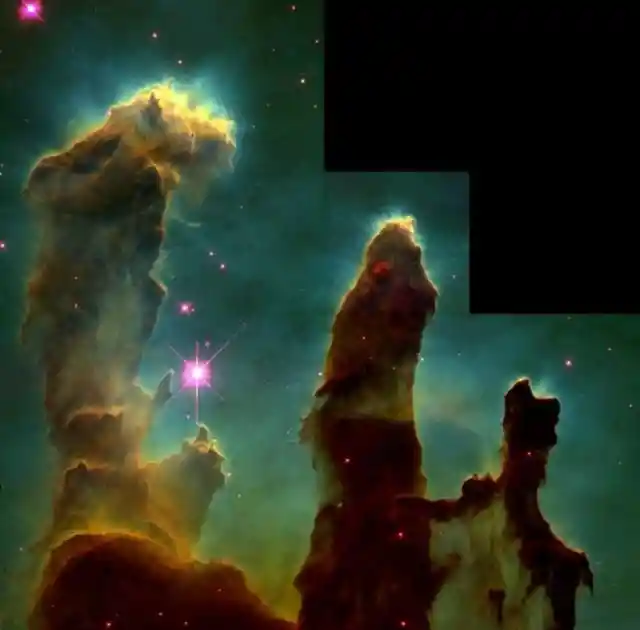
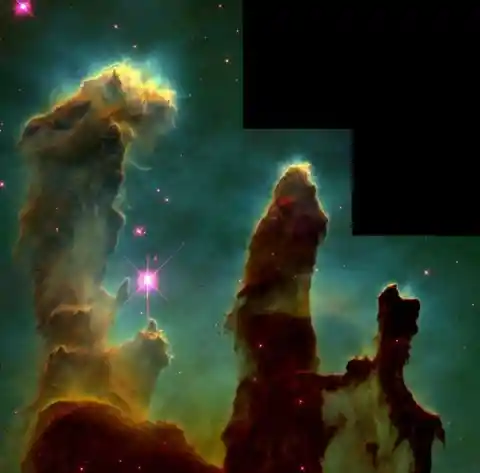
It would not be until 1993 that a repair mission would bring Hubble online. Finally, on April 1, 1995, the telescope delivered the goods, capturing an image.
Fire Escape Collapse, Stanley Forman, 1975
Stanley Forman was working for the Boston Herald American on July 22, 1975, when he got a call about a fire on Marlborough Street. He raced over in time to see a woman and child on a fifth-floor fire escape.
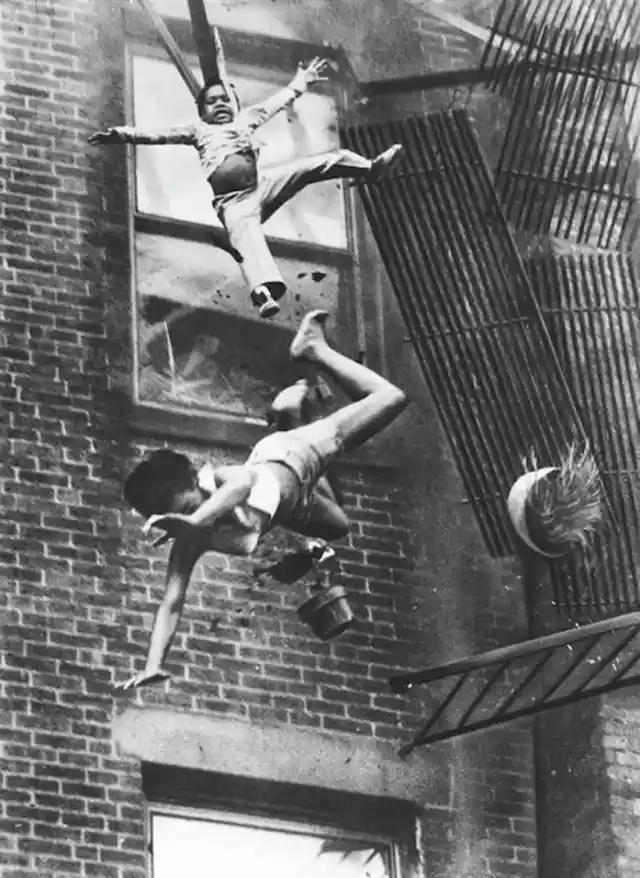
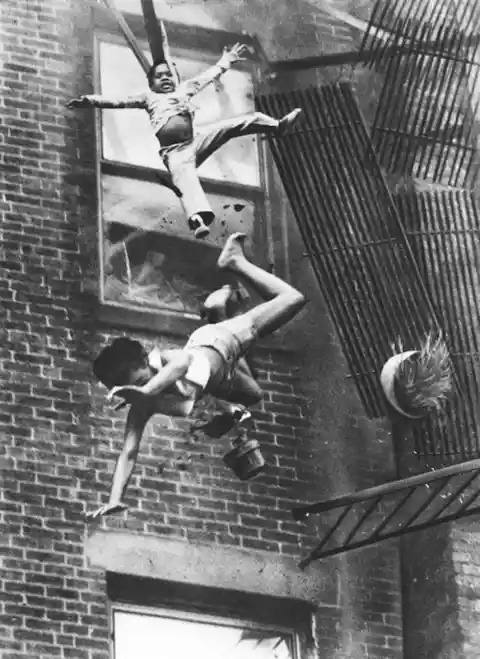
A fireman had set out to help them, and Forman figured he was shooting another routine rescue.
A Man On The Moon, Neil Armstrong, Nasa, 1969
Somewhere in the Sea of Tranquillity, the little depression in which Buzz Aldrin stood on the evening of July 20, 1969, is still there—one of billions of pits and craters and pockmarks on the moon’s ancient surface. But it may not be the astronaut’s most indelible mark.
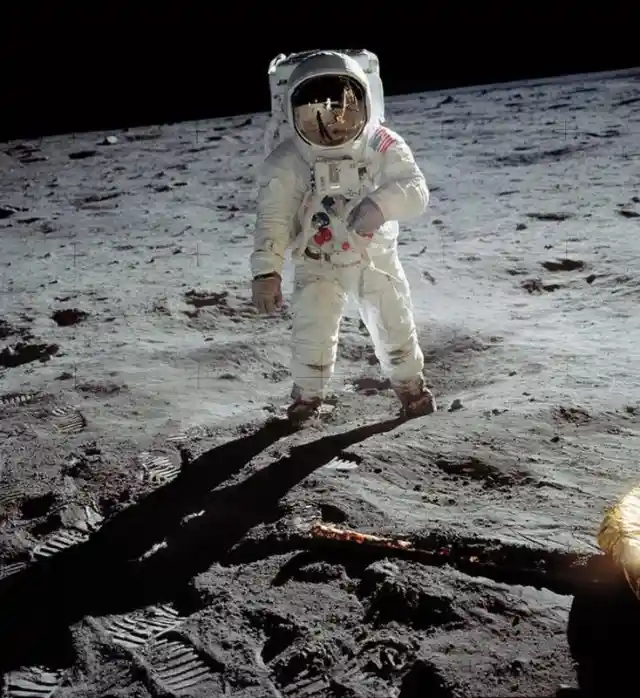
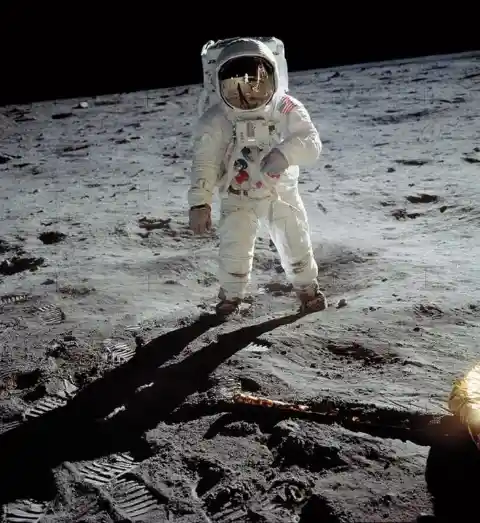
Aldrin never cared for being the second man on the moon—to come so far and miss the epochal first-man designation Neil Armstrong.
Albino Boy, Biafra, Don Mccullin, 1969
Few remember Biafra, the tiny western African nation that split off from southern Nigeria in 1967 and was retaken less than three years later. Much of the world learned of the enormity of that brief struggle through images of the mass starvation and disease that took the lives of possibly millions.
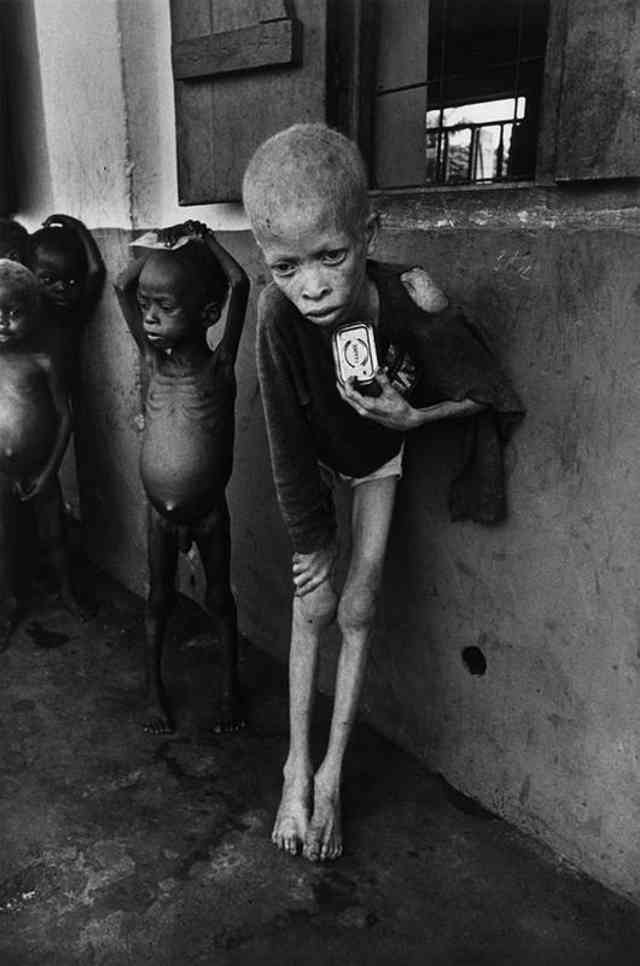
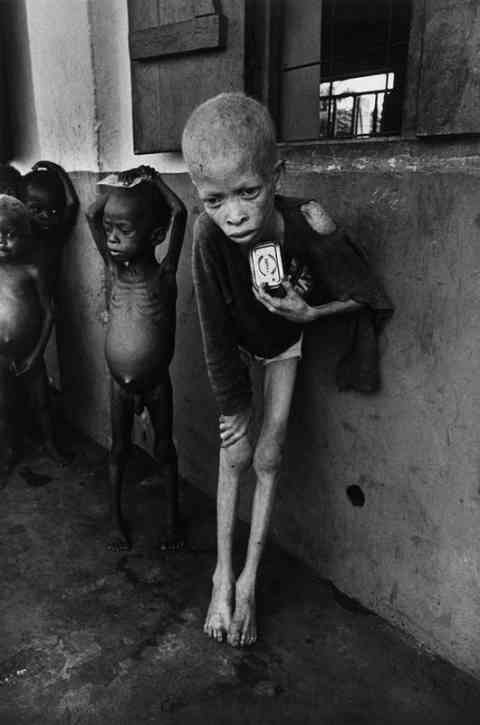
None proved as powerful as British war photographer Don McCullin’s picture of a 9-year-old albino child.
Jewish Boy Surrenders In Warsaw, 1943
The terrified young boy with his hands raised at the center of this image was one of nearly half a million Jews packed into the Warsaw ghetto, a neighborhood transformed by the Nazis into a walled compound of grinding starvation and death.
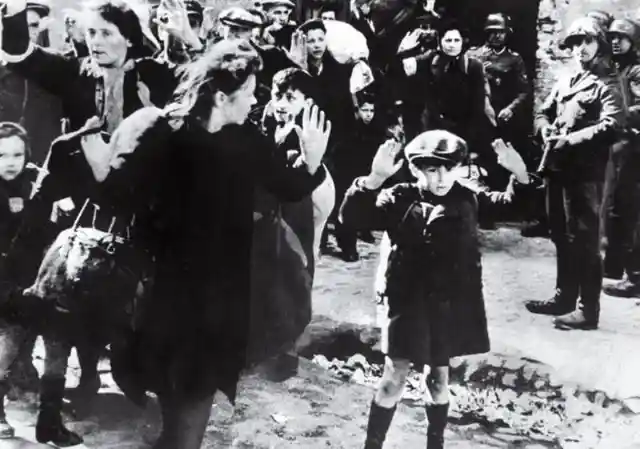
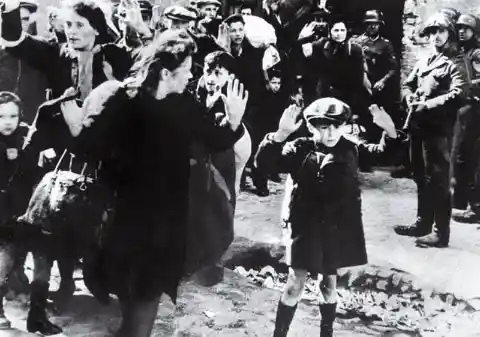
Beginning in July 1942, the German occupiers started shipping some 5,000 Warsaw inhabitants a day to concentration camps.
Bloody Saturday, H.s. Wong, 1937
The same imperialistic desires festering in Europe in the 1930s had already swept into Asia. Yet many Americans remained wary of wading into a conflict in what seemed a far-off, alien land.
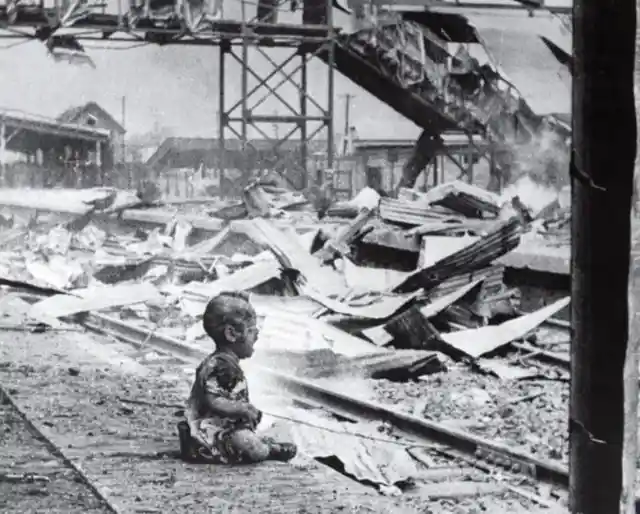
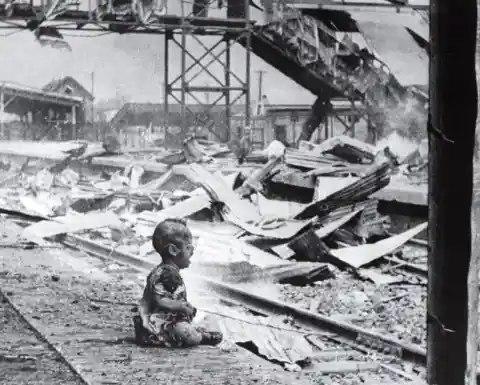
But that opinion began to change as Japan’s army of the Rising Sun rolled toward Shanghai in the summer of 1937. Fighting started there in August, and the unrelenting shelling and bombing caused mass panic and death
Migrant Mother, Dorothea Lange, 1936
The picture that did more than any other to humanize the cost of the Great Depression almost didn’t happen. Driving past the crude “Pea-Pickers Camp” sign in Nipomo, north of Los Angeles, Dorothea Lange kept going for 20 miles.
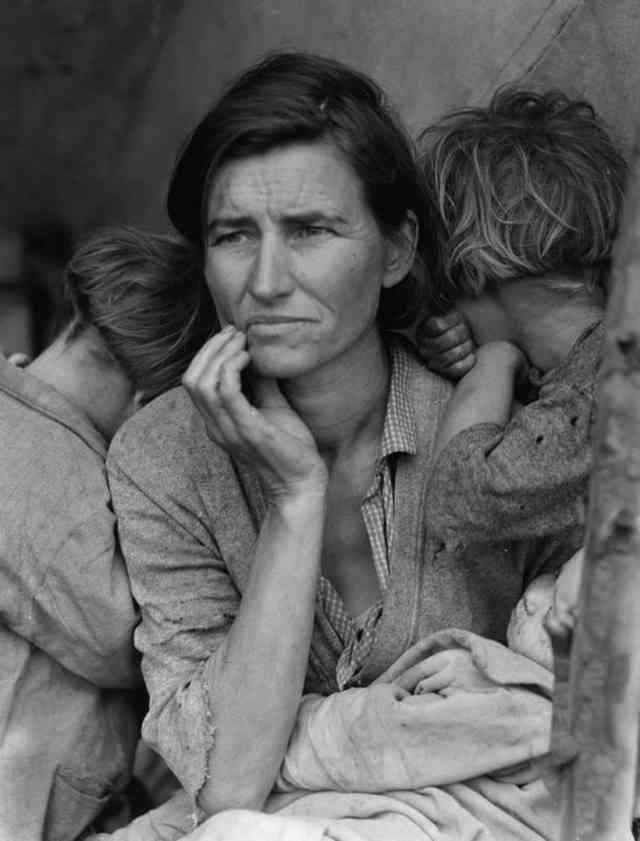
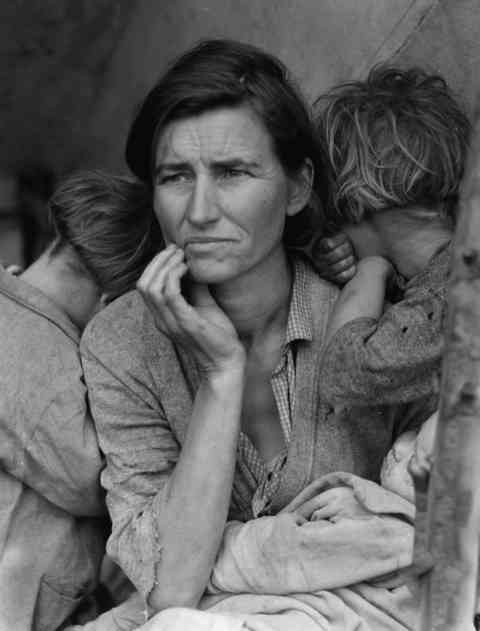
But something nagged at the photographer from the government’s Resettlement Administration, and she finally turned around.
The Hindenburg Disaster, Sam Shere, 1937
Zeppelins were majestic skyliners, luxurious behemoths that signified wealth and power. The arrival of these ships was news, which is why Sam Shere of the International News Photos service was waiting in the rain at the Lakehurst, N.J., Naval Air Station on May 6, 1937, for the 804-foot-long LZ 129 Hindenburg to drift in from Frankfurt.
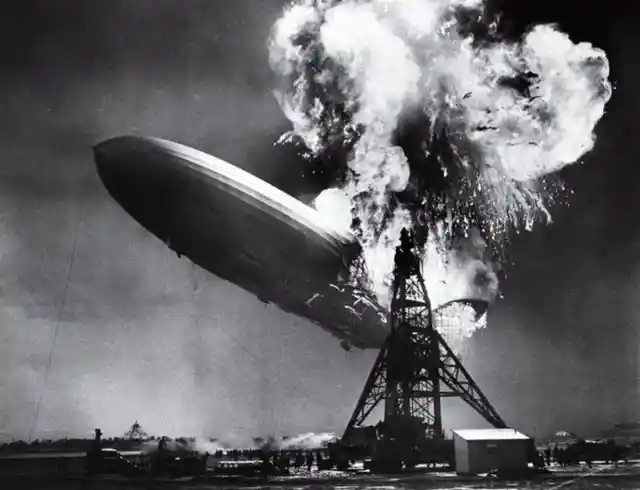
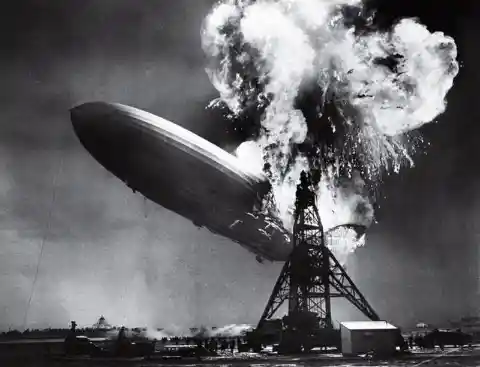
Suddenly, as the assembled media watched, the grand ship’s flammable hydrogen caught fire.
Guerillero Heroico, Alberto Korda, 1960
The day before Alberto Korda took his iconic photograph of Cuban revolutionary Che Guevara, a ship had exploded in Havana Harbor, killing the crew and dozens of dockworkers. Covering the funeral for the newspaper Revolución, Korda focused on Fidel Castro, who in a fiery oration accused the U.S.
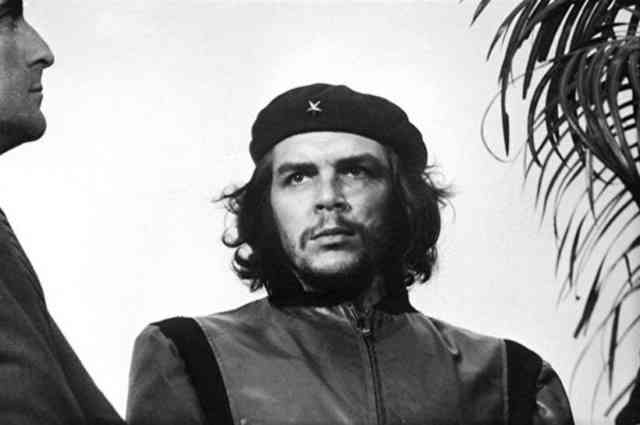
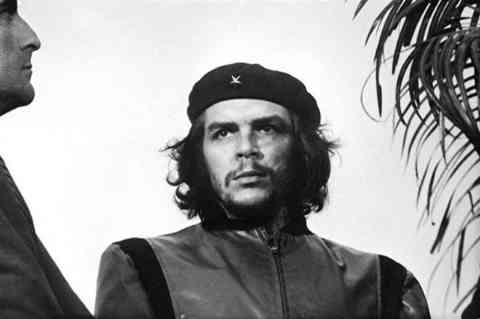
of causing the explosion. The two frames he shot of Castro’s young ally were a seeming afterthought, and they went unpublished.
Dalí Atomicus, Philippe Halsman, 1948
Capturing the essence of those he photographed was Philippe Halsman’s life’s work. So when Halsman set out to shoot his friend and longtime collaborator the Surrealist painter Salvador Dalí, he knew a simple seated portrait would not suffice.
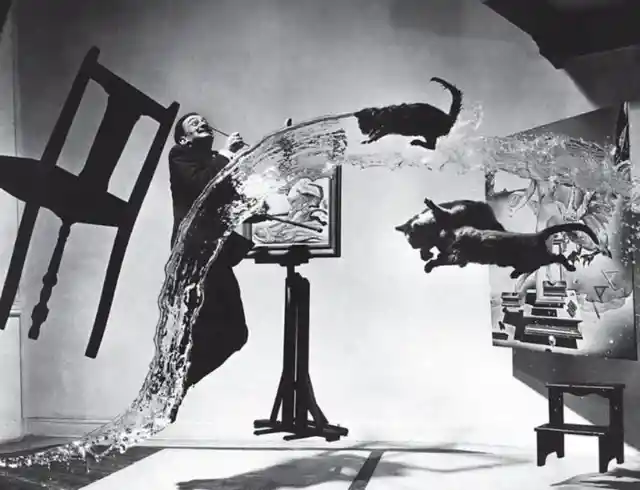
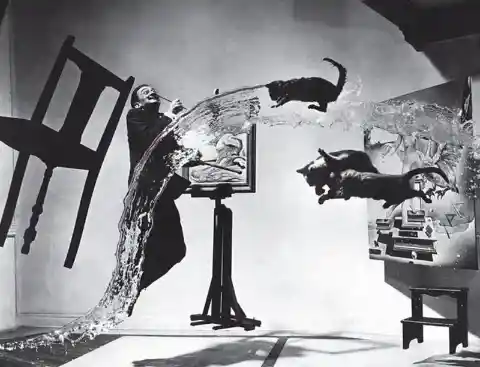
Inspired by Dalí’s painting Leda Atomica, Halsman created an elaborate scene to surround the artist that included the original work, a floating chair and an in-progress easel suspended by thin wires.
View From The Window At Le Gras, Joseph Nicéphore Niépce, 1826
It took a unique combination of ingenuity and curiosity to produce the first known photograph, so it’s fitting that the man who made it was an inventor and not an artist.
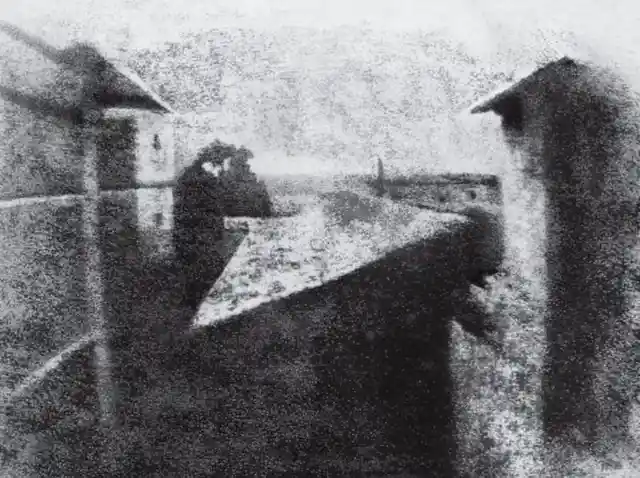
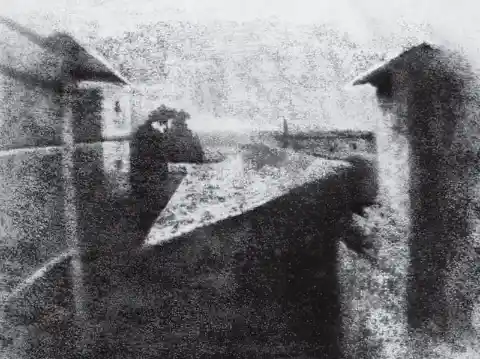
In the 1820s, Joseph Nicéphore Niépce had become fascinated with the printing method of lithography, in which images drawn on stone could be reproduced using oil-based ink.
Leap Into Freedom, Peter Leibing, 1961
Following World War II, the conquering Allied governments carved Berlin into four occupation zones. Yet each part was not equal, and from 1949 to 1961 some 2.5 million East Germans fled the Soviet section in search of freedom.
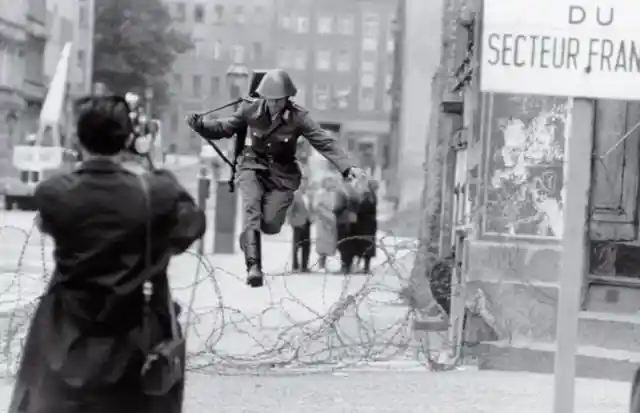
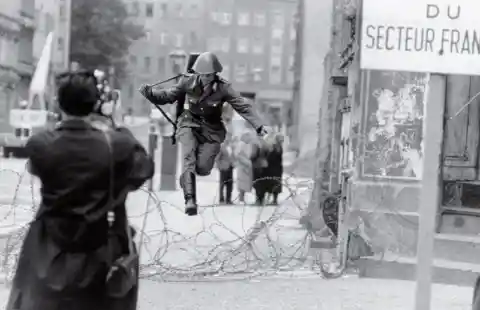
To stop the flow, East German leader Walter Ulbricht had a barbed-wire-and-cinder-block barrier thrown up in early August 1961.
The Hand Of Mrs. Wilhelm Röntgen, Wilhelm Conrad Röntgen, 1895
There’s no way of knowing how many pictures were taken of Anna Bertha Röntgen, and most are surely lost to history. But one of them isn’t: it is of her hand—more precisely, the bones in her hand—an image captured by her husband Wilhelm when he took the first medical x-ray in 1895.
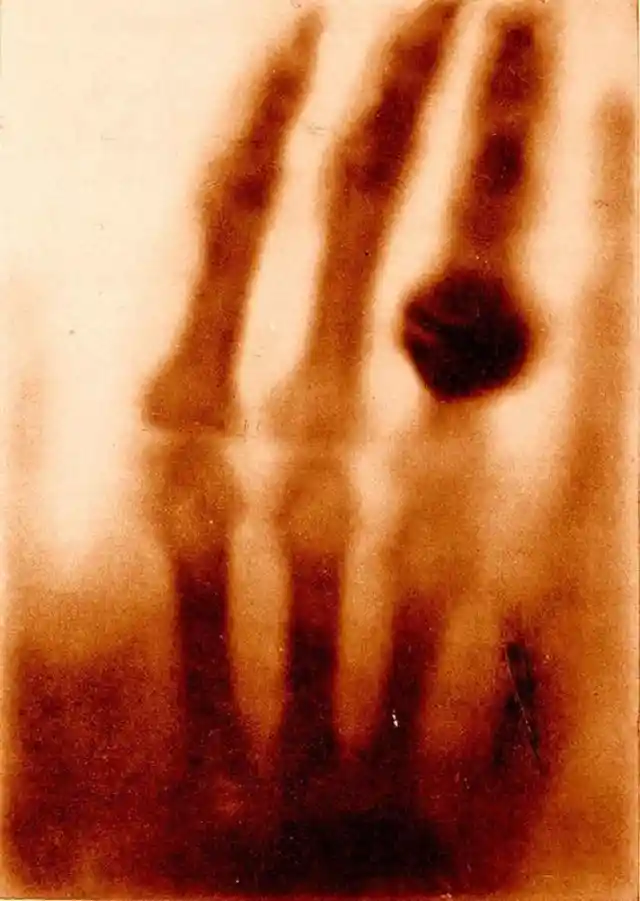
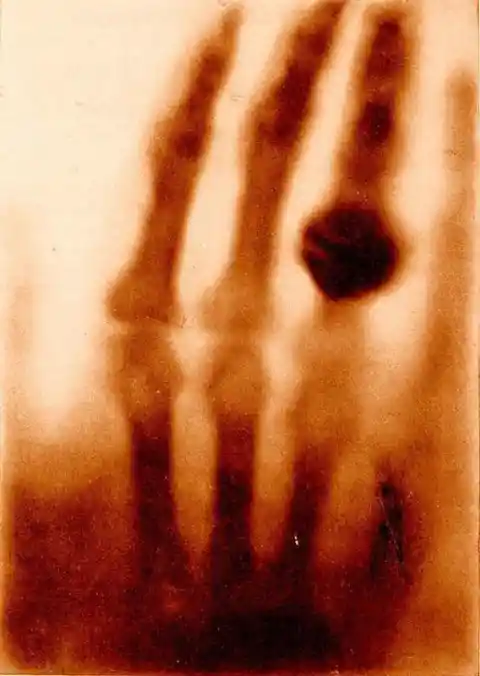
Wilhelm had spent weeks working in his lab, experimenting with a cathode tube that emitted different frequencies.
Flag Raising On Iwo Jima, Joe Rosenthal, 1945
It is but a speck of an island 760 miles south of Tokyo, a volcanic pile that blocked the Allies’ march toward Japan. The Americans needed Iwo Jima as an air base, but the Japanese had dug in.
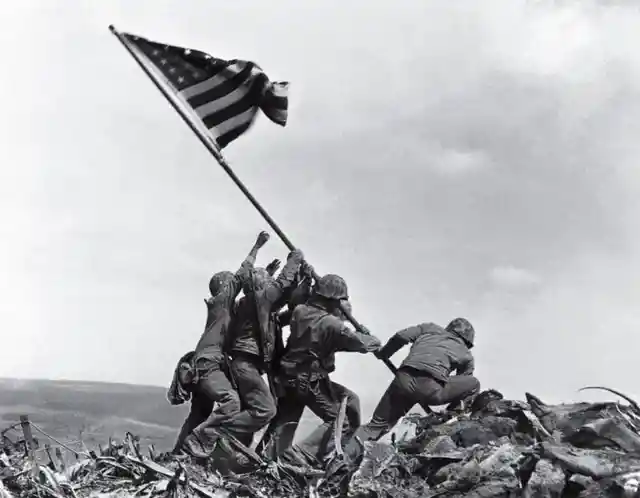
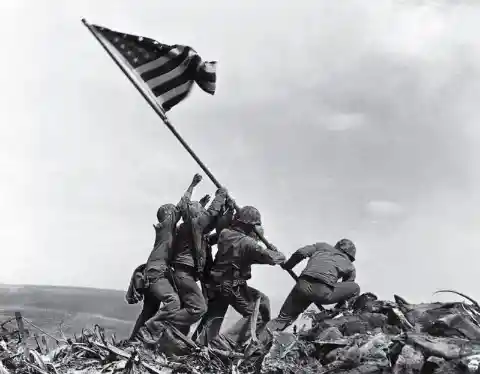
U.S. troops landed on February 19, 1945, beginning a month of fighting that claimed the lives of 6,800 Americans and 21,000 Japanese.
Emmett Till, David Jackson, 1955
In August 1955, Emmett Till, a black teenager from Chicago, was visiting relatives in Mississippi when he stopped at Bryant’s Grocery and Meat Market. There he encountered Carolyn Bryant, a white woman. Whether Till really flirted with Bryant or whistled at her isn’t known.
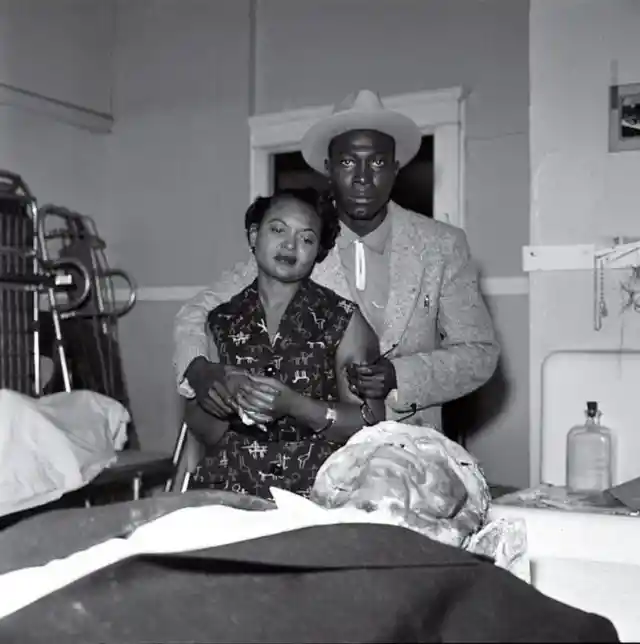
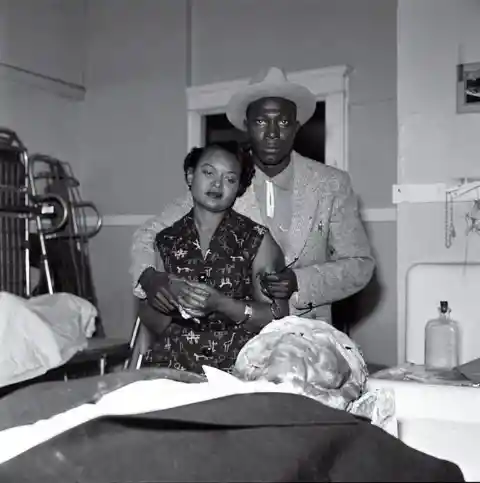
But what happened four days later is. Bryant’s husband Roy and his half brother, J.W. Milam, seized the 14-year-old from his great-uncle’s house.
Cotton Mill Girl, Lewis Hine, 1908
Working as an investigative photographer for the National Child Labor Committee, Lewis Hine believed that images of child labor would force citizens to demand change.
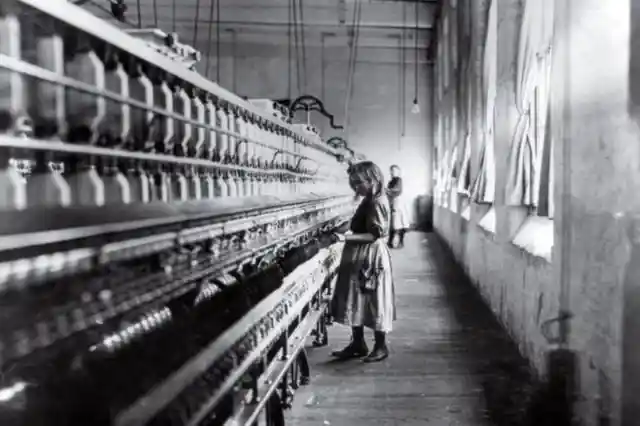
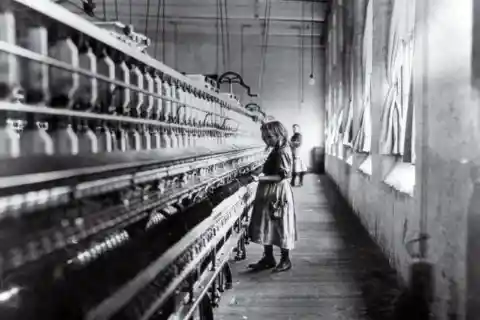
The muckraker conned his way into mills and factories from Massachusetts to South Carolina by posing as a Bible seller, insurance agent or industrial photographer in order to tell the plight of nearly 2 million children.